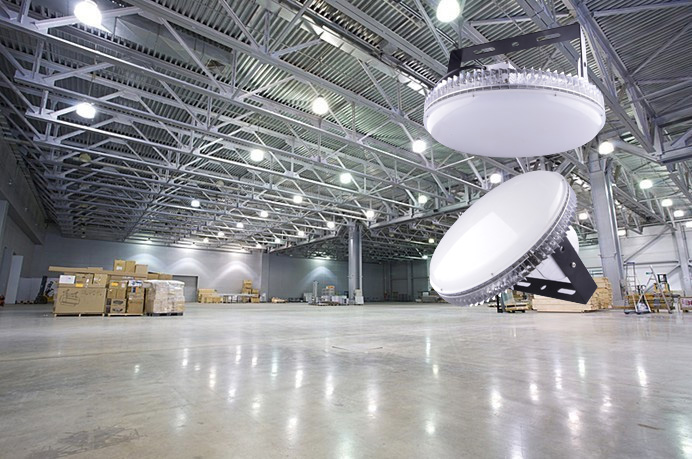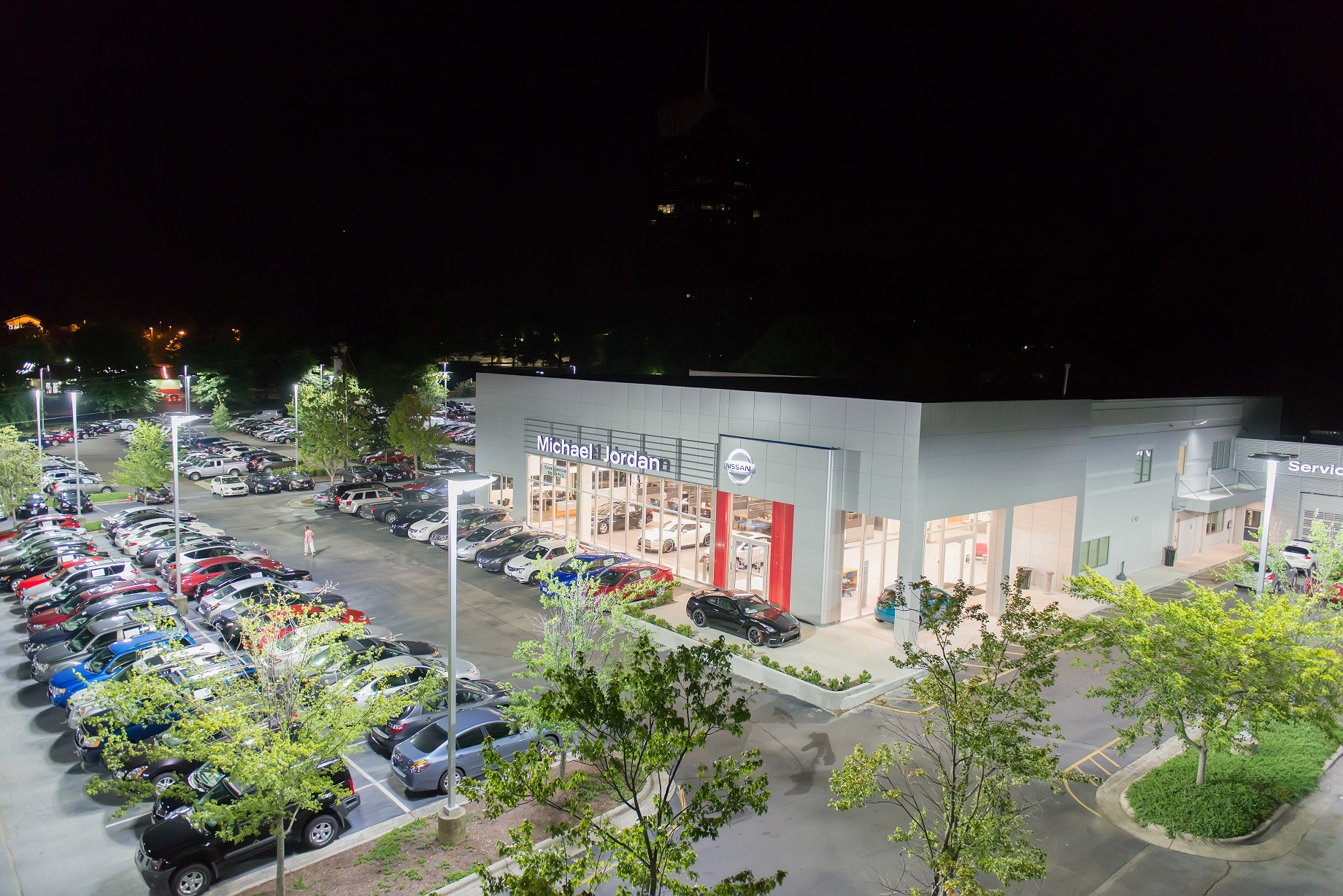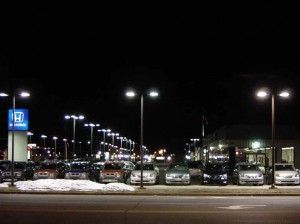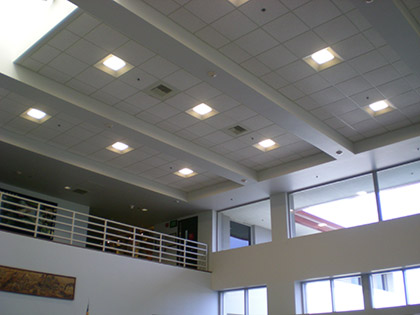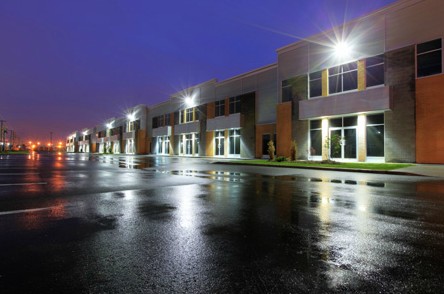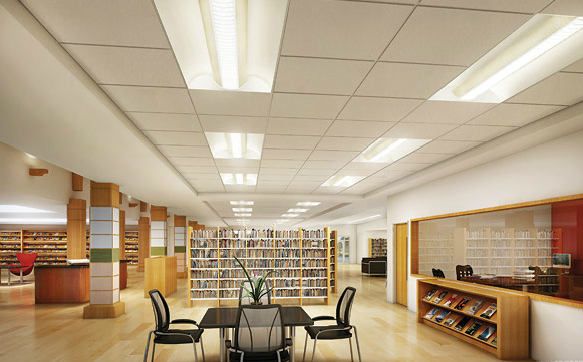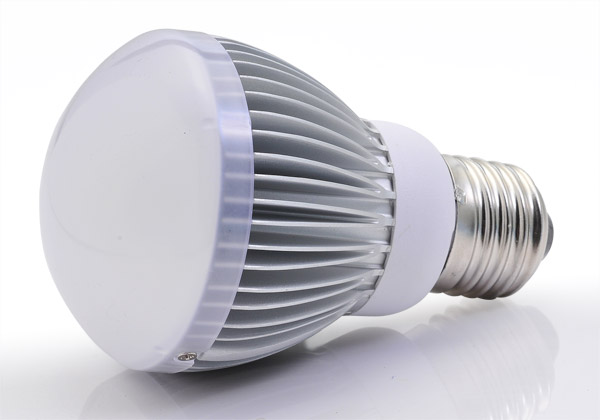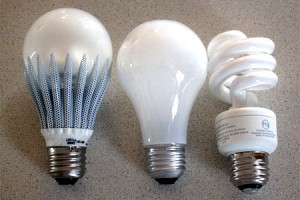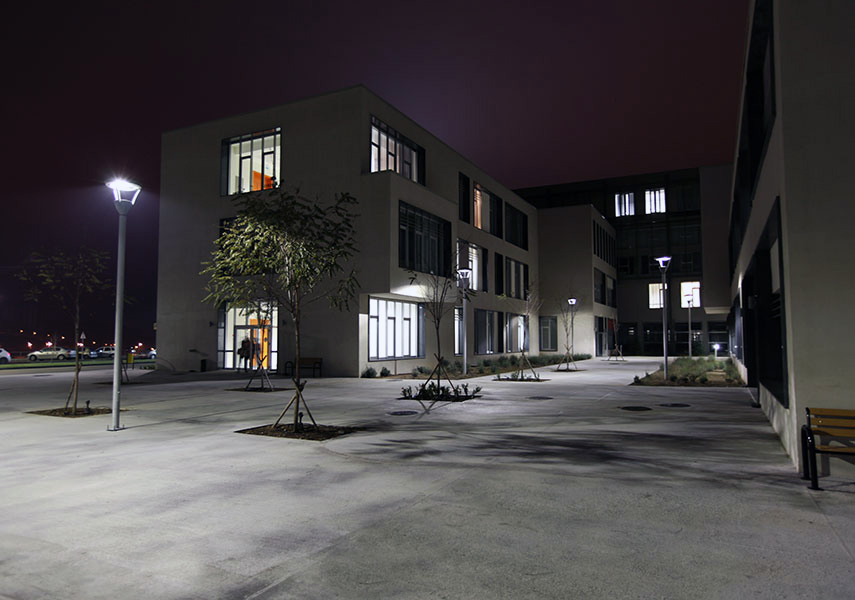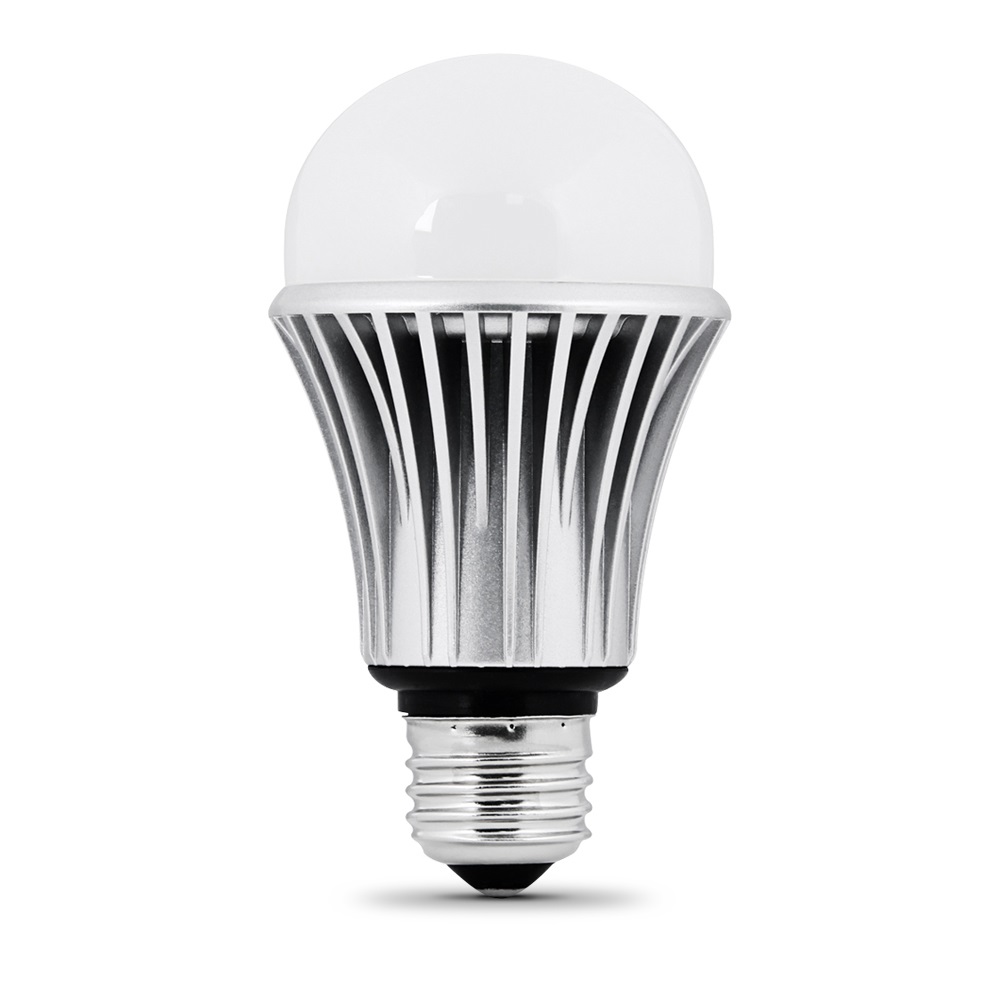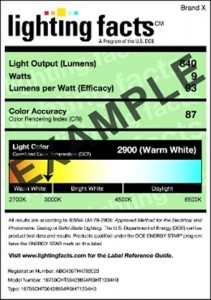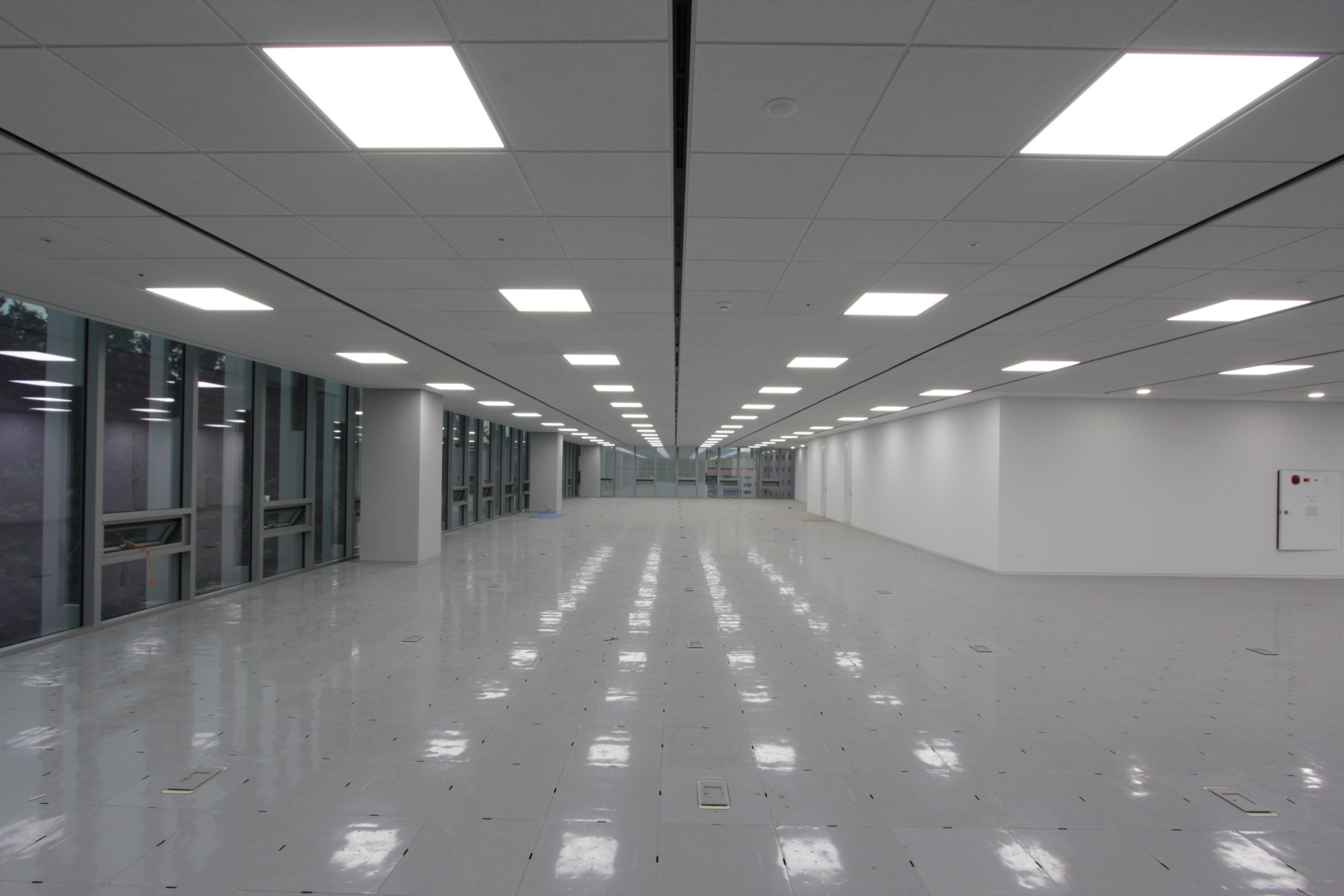
Warehouses never sleep. Workers are present in many warehouses 24 hours per day causing the company’s electricity bills to sky-rocket. These high electricity costs can be significantly reduced by replacing old inefficient lighting with LED luminaries.
Multiple case studies have reported electricity savings of over 60% from making the switch to LED! Not only have these companies saved on energy costs, but the new lighting has improved employee morale. One case study conducted at Frontline International, Inc., in Ohio, reported the employees felt the old plant looked like a “dungeon” compared to the new, brighter plant.
Another case study conducted at Rockline Industries in Rockline, Arkansas, stated that they will realize a return on investment on their LED retrofit in less than a year. Rockline Industries is a leading supplier of household paper products, including toilet paper, coffee filters, and a variety of wipes. They launched a corporate sustainability program called Changing Our Environment Footprint. This program required a 2% reduction in both energy consumption and greenhouse gas emissions. To achieve this goal, the warehouse replaced 140 400-watt metal halide fixtures with 150-watt LED bulbs. Employees reported an immediate temperature drop in the warehouse. According to the case study, there was a 10-15% reduction in air conditioning demand because the new lamps do not give off heat. The company is also saving thousands annually on maintenance costs. With the old fixtures, the company had to rent trucks to clean and replace lamps, an activity which also disturbed workers. Rockline Industries received a $48,000 energy-savings rebate through the American Electric Powers Southwestern Electric Power Company. They are expecting a 10-year lifetime from each fixture, and are looking for other places around their warehouse to install LED lighting.
Warehouses are excellent candidates for LED Lighting retrofits because they have long hours of operation, are brightly lit and maintenance is expensive due to high fixture mounting heights. In addition they also provide a safer environment because of more uniform lighting and better color quality. Many warehouse related accidents are attributed to poor light distribution. Accidents are caused by workers who indicate that they did not see someone or something in their path.
Less Electricity + Less Maintenance + Safer Working Environment + Reducing Carbon Footprint = a smarter warehouse.

